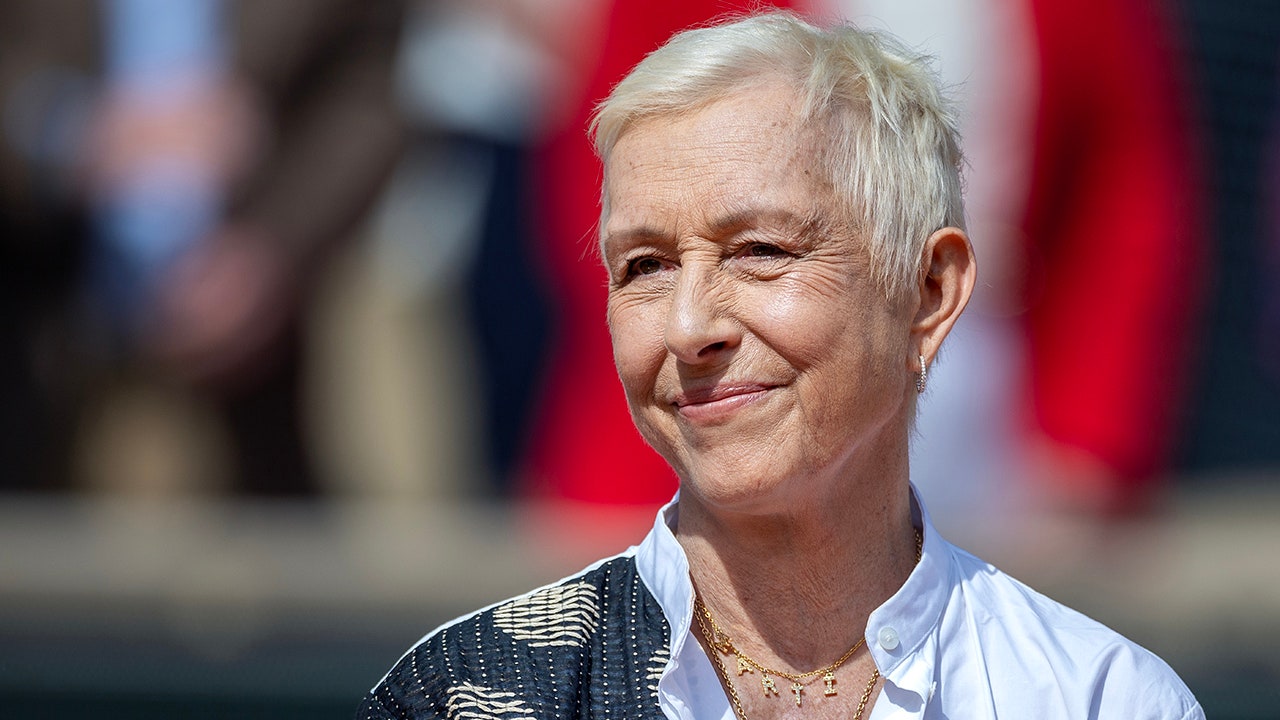Sports integrity commissioner says safe sport gaps exposed in 1st year of office

Sarah-Eve Pelletier’s first year as Canada’s sport integrity commissioner showed her that her reach doesn’t extend far enough.
Federally funded sports bodies are among the 86 organizations now under the umbrella of the Office of the Sport Integrity Commissioner (OSIC), which was established in June 2022 to administrate the Universal Code of Conduct to Prevent and Address Maltreatment in Sport.
OSIC is designed to be one remedy to the country’s safe sport crisis. Athletes have testified before parliamentary committees in recent months about the sexual, emotional and physical abuse they’ve experienced pursuing their sport at the highest level, and their fears of repercussions if they reported it.
The federal government’s 2022 budget provided $16 million to fund Pelletier’s office over its first three years of operations.
Once signed with OSIC, the sport and the people in it are bound by UCCMS, which covers grooming, neglect, physical, sexual and psychological abuse, as well as retaliation, failure to report maltreatment, false allegations and misuse of power.
National sport organizations were ordered to sign on to OSIC’s Abuse-Free Sport program by April 1, lest they lose federal funding. But provincial and territorial, university, college, high school and club sports were under no such deadline.
“That big puzzle of making sure that every sport participant has a safe space to go if they have a concern is still incomplete,” Pelletier told The Canadian Press on Wednesday. “As of today, there are still some missing pieces to the puzzle.”
“A lot of people have paid attention to that statistic,” Pelletier said. “For the mandate we were granted, the mandate was to address matters at the national level.
“We are able to see the gap. We are able to see after Year 1 that most of our complaints may not relate to participants at the national level. We are OK for it to be an exposed fact because it shows that works needs to be done in that space.”
The lag time it took for NSOs to sign on and other levels of sport not under OSIC’s jurisdiction limited its complaint intake in Year 1, Pelletier said, but she says she tries to find a remedy for all who come to her office.
A division of the Sport Sport Dispute Resolution Centre of Canada (SDRCC), OSIC was designed to take the complaint and investigation process away from national sport organizations.
“With our 66 matters that have been addressed and are being addressed, these didn’t have an independent centralized place to be looked at before,” Pelletier said. “Now, 66 matters are being properly, independently investigated.”
Illegal sports betting, conflict of interest, team selection or athlete assistance program (carding) disputes don’t fall under OSIC’s purview.
Provinces and territories are encouraged to either sign onto OSIC or establish their own independent safe sport complaint body.
Nova Scotia is the only provincial OSIC signatory so far, and is onboarding its sports associations one by one.
SDRCC chief executive officer Marie-Claude Asselin says she’s in discussions with other provinces and territories.
OSIC’s Year 1 report states 17,000 people at the national sport level are now under the Abuse-Free Sport program year-round and another 60,000 will be added when they participate in a national championship.
Volleyball Canada, which has 70,000 registrants, is a national sport organization that brought its provincial, territorial and club system under OSIC.
OSIC received 97 reports and complaints in the fourth quarter of its first year, which almost doubled the number from the first three quarters.
Thirty-four, or 35 per cent, were deemed under OSIC’s jurisdiction.
“Can we say we have done a lot of things in this first year and been in action? I think we can really say that,” Pelletier said. “But to really see the impact and positive and complete shift that we really want to see, I have to admit there’s a lot of other things that still need to happen.
“I do hope the jurisdictional puzzle will have fewer and fewer missing pieces.”




